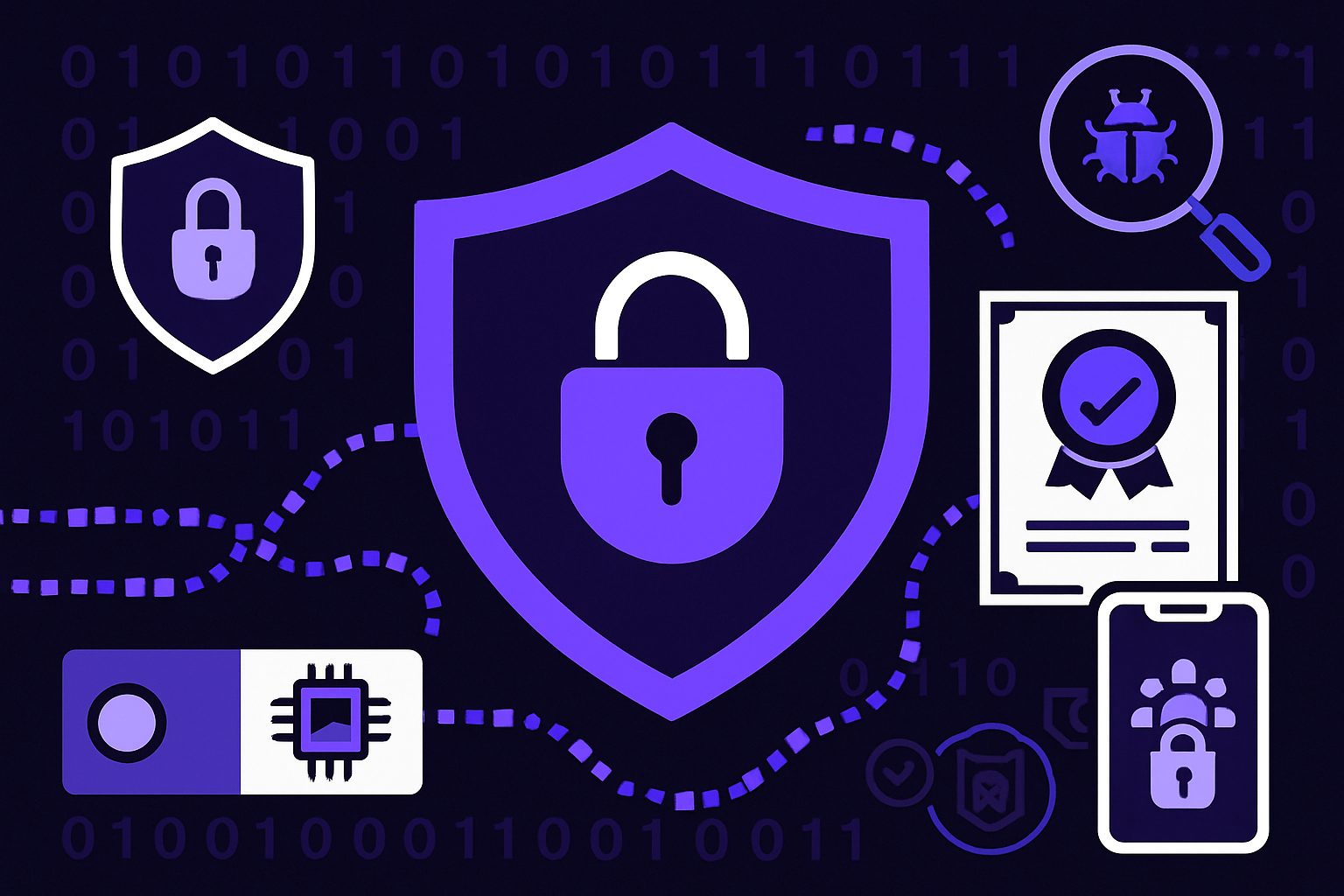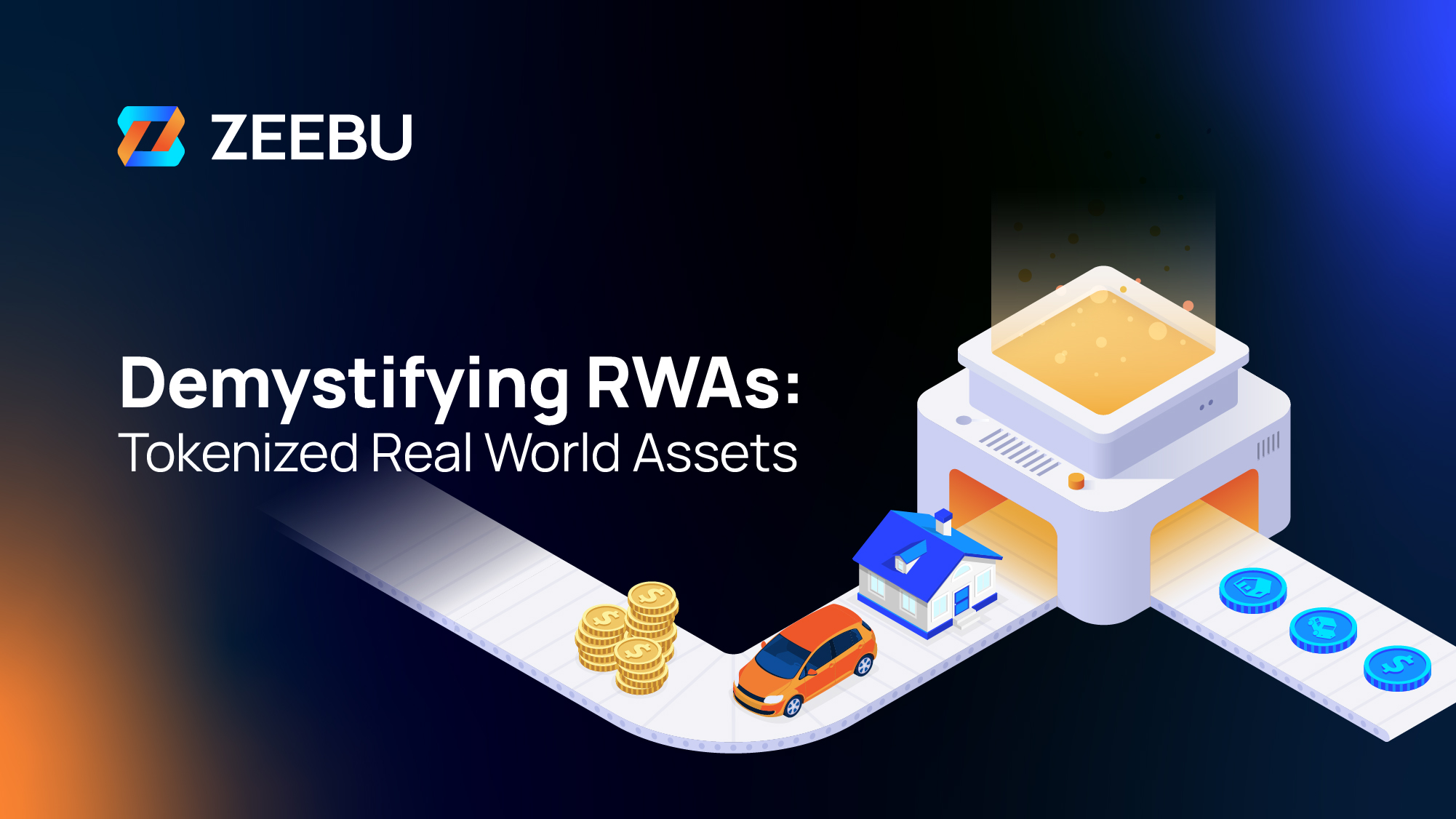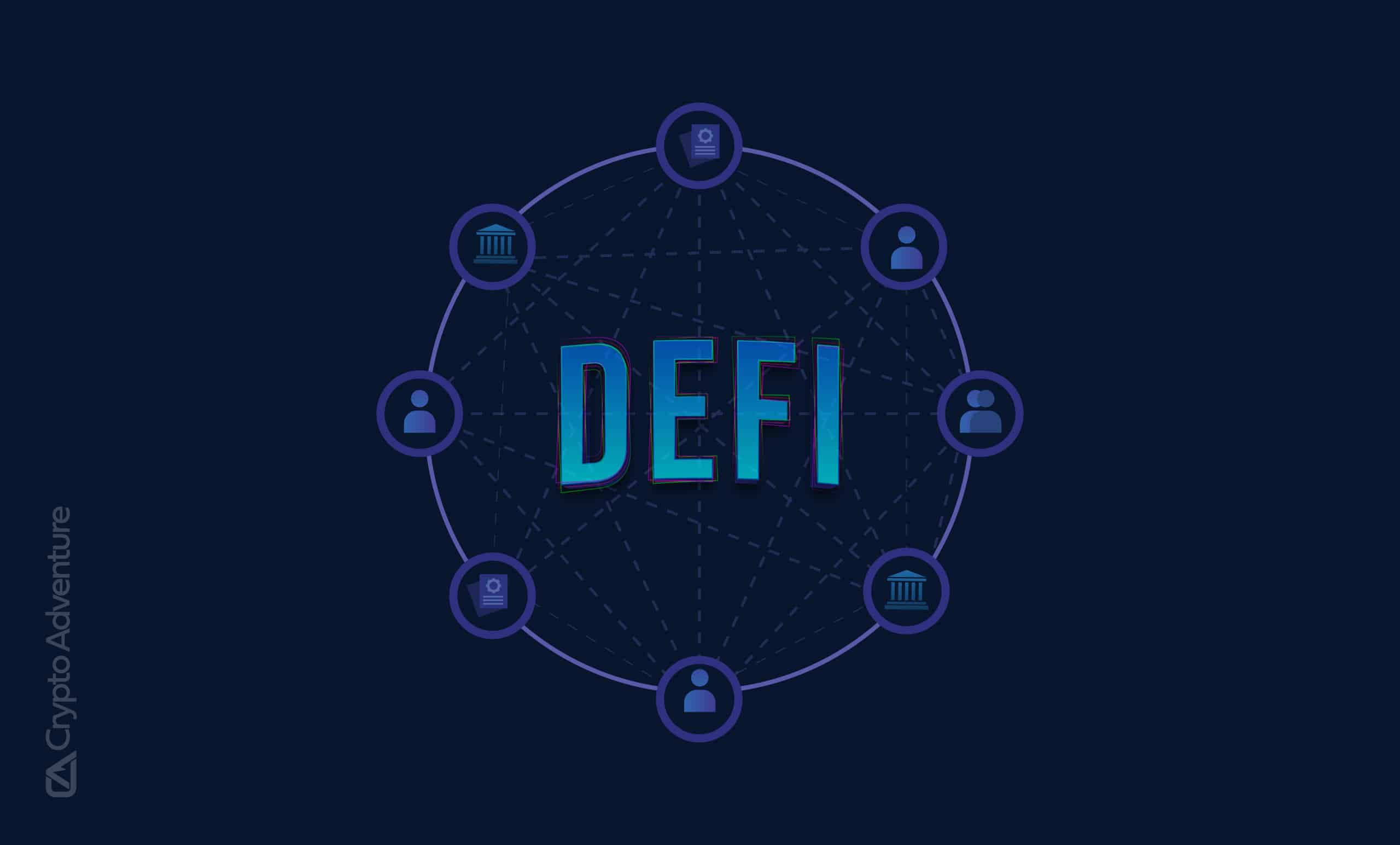
Decentralized Finance (DeFi) is rapidly evolving, but one persistent challenge remains: how to enable under-collateralized lending without compromising on trust or security. Traditionally, DeFi protocols have relied on over-collateralization, requiring users to lock up assets worth more than the value of their loans. This approach, while secure, limits accessibility and capital efficiency. The emergence of Decentralized Identity (DID) is changing the landscape by providing a framework for trustless yet verifiable identity and credit assessment on-chain.

The Problem with Over-Collateralization in DeFi
Over-collateralization has been the de facto standard for most DeFi lending platforms since inception. Protocols like Aave and Compound require borrowers to deposit crypto assets exceeding the value of their intended loan. While this minimizes default risk for lenders, it inherently excludes users who lack significant crypto holdings or who wish to maximize capital efficiency. According to recent research published in ScienceDirect, motivations behind DeFi lending remain largely unexplored, but barriers such as excessive collateral requirements are clear impediments to broader participation.
This model also fails to address the needs of underbanked populations globally, those who may not possess sufficient digital assets but have reliable off-chain income or strong repayment histories. As CoinGecko notes, under-collateralized lending is still far from mainstream adoption within crypto communities due to these systemic limitations.
DID: A Foundation for Trustless Credit Assessment
Decentralized Identity (DID) introduces a paradigm shift by allowing users to present cryptographically secure credentials, such as proof of income, employment status, or past repayment behavior, without exposing sensitive personal data. Unlike traditional KYC processes that rely on centralized authorities and databases vulnerable to breaches, DID leverages blockchain technology for self-sovereign identity management. This empowers individuals with control over their own data while enabling lenders to verify key risk factors efficiently.
Platforms like Spectral and Reputation DAO are pioneering DID-powered credit systems that aggregate both on-chain activity (e. g. , wallet histories, protocol interactions) and off-chain attestations (e. g. , bank account balances via privacy-preserving oracles like Chainlink’s DECO). These systems generate on-chain risk scores, which can be used by DeFi protocols to price risk and determine eligibility for under-collateralized loans.
How DID-Enabled Lending Works in Practice
The process begins with a user creating a digital identity anchored by verifiable credentials. When applying for an under-collateralized loan, the borrower selectively discloses relevant information, such as a history of loan repayments or proof of stable income, via zero-knowledge proofs or similar privacy-preserving technologies. Lenders or protocols then assess this information against predefined criteria using smart contracts that automate decision-making without human intervention.
This approach reduces reliance on excessive collateral while maintaining robust risk controls. For example, projects like Centrifuge are integrating DID frameworks with tokenized real-world assets as collateral backstops, bridging traditional finance and DeFi ecosystems. Meanwhile, privacy solutions like DECO allow borrowers to prove off-chain attributes (like bank balances) without revealing full account details, a critical step toward balancing transparency with privacy.
The Road Ahead: Opportunities and Remaining Challenges
The integration of decentralized identity into crypto credit scoring is not without hurdles. Interoperability between different DID standards remains an open issue; widespread adoption will require common protocols accepted across multiple platforms. Additionally, user education around self-sovereign identity management is crucial for uptake among mainstream audiences.
Despite these challenges, DID-powered under-collateralized lending represents a pivotal advancement toward inclusive financial services in Web3. By leveraging transparent on-chain histories alongside verified off-chain credentials, DeFi can unlock new avenues for capital access while maintaining trustless security guarantees.
Recent deployments of DID-based lending protocols have demonstrated meaningful improvements in both borrower access and lender protection. For instance, on-chain risk scores, derived from aggregated wallet activity, protocol interaction patterns, and verified attestations, allow for dynamic interest rate adjustments and personalized loan terms. This flexibility not only incentivizes responsible borrowing but also aligns with the risk appetite of capital providers, creating a more resilient ecosystem.
As adoption matures, we are witnessing a proliferation of platforms experimenting with under-collateralized crypto lending. Maple Finance, Clearpool, and Ribbon Lend are notable examples catering to institutional borrowers such as market makers and quantitative trading firms. These protocols leverage DID-powered credit scoring to vet counterparties and assign risk-weighted credit limits. Such innovation is accelerating the shift from purely collateralized models to systems where reputation and verifiable history drive capital allocation.
“The future of DeFi lending lies in the convergence of on-chain transparency and privacy-preserving identity frameworks. “
User Experience: Navigating DID Lending Protocols
For individual users, the process of accessing under-collateralized loans through DID-enabled platforms is becoming increasingly intuitive. Borrowers can now connect their wallets, import verifiable credentials (such as proof of employment or income), and receive real-time feedback on their eligibility. Smart contracts handle the heavy lifting, scoring applicants using transparent algorithms while preserving user privacy through selective disclosure techniques.
Key Benefits of Decentralized Identity in DeFi Lending
-

Enhanced Privacy with Verifiable Credentials: Decentralized identity (DID) solutions like DECO enable users to prove sensitive information (such as bank balances or income) without disclosing raw data, safeguarding borrower privacy while ensuring lenders receive trustworthy attestations.
-

Improved Credit Assessment: Platforms like Spectral and Reputation DAO use DID-powered on-chain credit scores, allowing DeFi lenders to evaluate creditworthiness more accurately and offer under-collateralized loans with reduced risk.
-

Financial Inclusion for the Underbanked: DID integration in DeFi lending protocols, as seen on platforms like Centrifuge, opens access to credit for users who lack traditional financial records, helping underbanked populations participate in global finance.
-

Seamless Real-World Asset Integration: By leveraging DIDs, DeFi platforms can securely underwrite loans against tokenized real-world assets, bridging traditional finance and blockchain ecosystems for broader lending opportunities.
-

Reduced Need for Excessive Collateral: With reliable DID-based identity and credit data, DeFi lending protocols can confidently offer loans with lower collateral requirements, making borrowing more efficient and capital-effective.
This user-centric approach reduces friction compared to traditional finance or legacy DeFi systems. It also empowers borrowers to build portable reputations that transcend individual protocols, a feature critical for fostering competition and reducing dependency on any single platform.
Bridging Real-World Assets and On-Chain Credit
The next frontier for under-collateralized DeFi lending is the seamless integration of real-world asset (RWA) collateral via tokenization. Projects like Centrifuge are at the forefront, combining DID frameworks with tokenized invoices or real estate to underwrite loans more efficiently. This not only diversifies collateral types but also brings greater stability to crypto credit markets by anchoring debt obligations in tangible value.
Privacy-preserving oracles such as Chainlink’s DECO further enhance this model by enabling secure attestation of off-chain data (e. g. , bank balances or payroll records) without compromising confidentiality. As these technologies mature, expect a surge in hybrid lending products that merge traditional underwriting practices with blockchain-native transparency.
What’s Next for Decentralized Identity in DeFi?
The path forward will be shaped by ongoing efforts to standardize DID protocols across ecosystems and educate users about self-sovereign identity management. Regulatory clarity will also play a pivotal role as policymakers assess how decentralized credit systems align with consumer protection mandates.
Ultimately, decentralized identity for DeFi has the potential to democratize access to capital on a global scale. By reducing reliance on over-collateralization, and instead rewarding trustworthy behavior, DID-enabled platforms can unlock sustainable growth in crypto credit markets while upholding security and transparency as core values.






